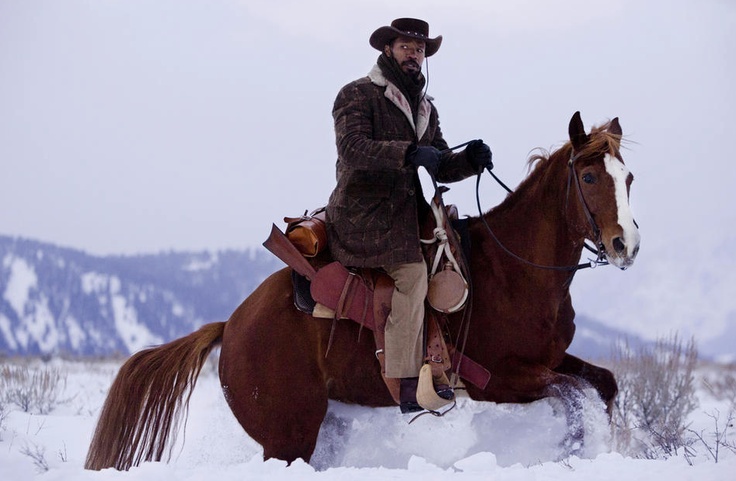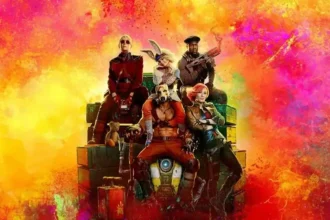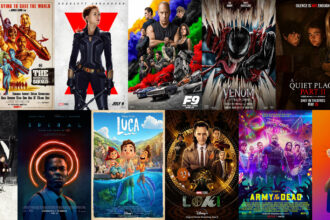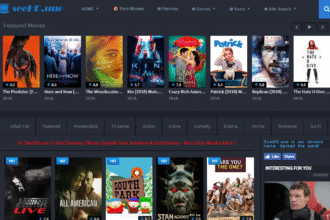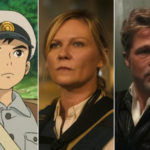Introduction to Django Unchained
Django Unchained is not just a film; it’s a visceral experience that challenges conventional storytelling. Directed by Quentin Tarantino, this 2012 masterpiece intertwines themes of revenge, liberation, and the brutal realities of slavery in America. From its striking visuals to its unforgettable characters, Django Unchained captures both the beauty and horror of its subject matter.
Imagine a world where justice isn’t merely served but savored—where every shot fired resonates with purpose. This film does just that while embracing an aesthetic often described as “trash” yet undeniably captivating. Join us as we delve deeper into the layers of Django Unchained, exploring how it redefines cinematic norms through its audacious narrative choices and stunning artistry.
The Theme of Revenge in Django Unchained
Revenge is a central theme in Django Unchained, driving the narrative and shaping its characters. Django’s journey begins with desperation but transforms into a quest for retribution against those who wronged him.
His determination reflects a deeply personal motive. The film explores how revenge can be both empowering and consuming. As Django evolves from enslaved man to vengeful hero, viewers witness his internal struggle between justice and brutality.
Tarantino crafts this theme brilliantly through striking visuals and sharp dialogue. Each encounter builds tension, revealing the weight of Django’s choices. His pursuit becomes not just about freeing Broomhilda; it also serves as an assertion of agency in a world where power dynamics are rigidly enforced.
This relentless drive for vengeance resonates throughout the film, making every confrontation feel significant. It invites audiences to ponder the moral implications of such actions amidst a backdrop steeped in historical trauma.
Quentin Tarantino’s Use of Aesthetics
Quentin Tarantino’s approach to aesthetics in Django Unchained is nothing short of mesmerizing. He masterfully blends genre elements, creating a visually striking experience that captivates the audience.
The vibrant colors and dynamic cinematography draw viewers in from the very first frame. Each scene is meticulously crafted, showcasing Tarantino’s keen eye for detail. The use of contrasting imagery elevates moments of brutality with bursts of humor and wit.
Tarantino’s choice of music enhances the film’s emotional depth as well. Iconic tracks punctuate pivotal scenes, infusing energy into every moment. This eclectic soundtrack not only sets the tone but also pays homage to classic cinema.
Furthermore, his distinctive dialogue style contributes significantly to character development and storytelling. Characters come alive through sharp exchanges filled with tension and dark humor—hallmarks of Tarantino’s unique cinematic voice that resonates throughout Django Unchained.
The Concept of
The concept of Django Unchained extends beyond mere revenge. It delves deep into themes of freedom, identity, and justice. At its core, the film transforms a historical narrative into an empowering tale.
Django’s journey is symbolic. He epitomizes the struggle against oppression while reclaiming his agency. The character’s evolution reflects broader social issues that resonate today.
Moreover, Tarantino crafts this story with a unique flair. His blend of humor and violence creates an engaging contrast that keeps viewers on edge. This juxtaposition allows audiences to confront uncomfortable truths about history through a lens that’s both entertaining and thought-provoking.
As Django navigates through a world filled with treachery, he embodies resilience in every scene. The film challenges conventional storytelling by presenting slavery not just as suffering but also as a backdrop for vengeance and liberation.
Analysis of Key Scenes and Characters
One of the most striking scenes in “Django Unchained” occurs during the brutal spectacle of Mandingo fighting. The raw violence lays bare the grotesque reality of slavery, contrasting sharply with Django’s evolving sense of agency.
Django himself transforms from a passive character to an empowered figure. His determination is palpable when he dons his first suit, symbolizing his newfound identity and freedom. This moment marks a sharp departure from submissiveness.
Dr. King Schultz serves as both mentor and catalyst for change in Django’s journey. Their dynamic highlights themes of friendship across racial lines while also showcasing Schultz’s moral complexity—he profits from bounty hunting yet seeks justice.
The climax at Candyland reveals Tarantino’s flair for tension and dramatic irony. As Django confronts Calvin Candie, viewers witness a powerful reclamation not just of self but also of dignity against overwhelming odds.
Critiques and Controversies Surrounding the Film’s Depiction of Slavery
Django Unchained has sparked intense debates about its portrayal of slavery. Critics argue that the film’s stylized violence overshadows the grim realities faced by enslaved individuals. Some feel that a revenge narrative trivializes the historical trauma.
The use of racial slurs throughout the film raises eyebrows, prompting discussions on whether such language is necessary for storytelling or if it perpetuates harm. Many viewers question Tarantino’s authority to tell this story as a white filmmaker.
Additionally, some audiences believe that Django’s triumph over his oppressors can inadvertently romanticize violence as a means of liberation. This perspective challenges the notion of empowerment through revenge.
While some celebrate its bold approach to addressing race, others see it as an irresponsible depiction that risks misrepresenting history. The complexities surrounding these themes make Django Unchained both compelling and contentious in modern cinema discourse.
Conclusion: Django Unchained as a Revolutionary Piece of Cinema
Django Unchained stands out as a revolutionary piece of cinema that pushes boundaries and challenges audiences. Quentin Tarantino’s masterful storytelling intertwines themes of revenge, freedom, and the quest for justice. The film expertly blends historical context with stylized violence, creating an engaging narrative that captivates viewers from start to finish.
The aesthetics employed throughout Django Unchained enhance its impact. Tarantino’s eye for detail brings each scene to life, while his unconventional approach raises questions about morality and power dynamics. These elements work together to create a cinematic experience unlike any other.
Characters like Django and Dr. King Schultz resonate deeply with audiences due to their complexity and growth. Their journey is not just one of vengeance but also of self-discovery in a world rife with oppression.
Critiques surrounding the film’s depiction of slavery highlight the importance of conversation around representation in media. While some view it as exploitative, others argue it serves as an important cultural commentary on America’s dark history.
As discussions continue about its place in modern cinema, Django Unchained remains significant for its bold storytelling and unflinching examination of systemic injustice. This film invites viewers not only to watch but also reflect on the deeper issues it presents—a hallmark trait that cements its status as a groundbreaking work within the realm of filmmaking.


